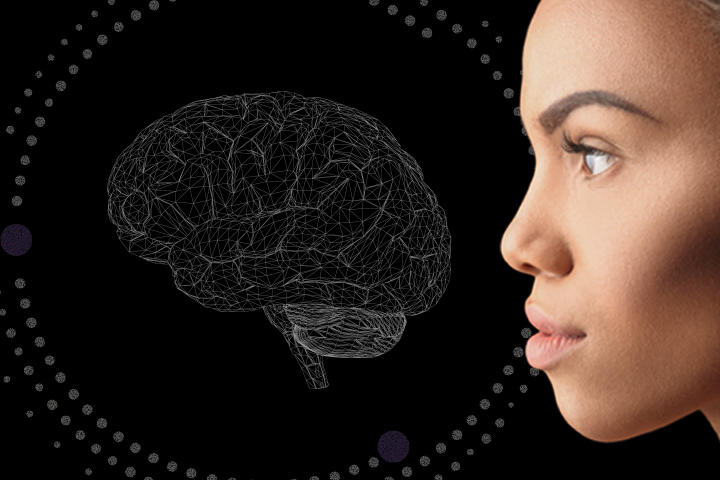Friday, July 7, 2017

Over a century ago, community leaders came together in Baltimore to address troubling conditions for people living with illnesses of the mind, and the second oldest mental health advocacy group in the nation ─ the Mental Health Association of Maryland (MHAMD) ̶ was formed.
In 2015, as MHAMD’s leaders reflected on the passage of one hundred years of advocacy, our minds turned to the central purpose that propelled concerned citizens to take action so many years ago: improving the effectiveness of mental health care received one person at a time.
That is how BrainFutures was born, and why this new non-profit organization has dedicated its efforts to building recognition of
Why You Should Care About Neuroplasticity
Twenty years ago it was a commonly held view that brain growth was rapid during childhood and complete by the time we reached adulthood. Although neuroplasticity was explored nearly half a century ago, it wasn’t until Eric Kandel received the Nobel Prize in 2000 for neuroplastic discovery that a pivotal turning point in brain science occurred.
Today it is common knowledge that our brains can and do change throughout our lives. Neuroscience has never been hotter, and a crowded and confusing brain health marketplace is growing exponentially with an ever-expanding array of novel technologies, practices and products promising to help us optimize our thinking, preserve our cognition as we age and treat troubling mental health conditions.
To all who wonder:
BrainFutures is here to help.
Want to learn more? Find us at BrainFutures.org and follow us on Facebook, Twitter and LinkedIn.